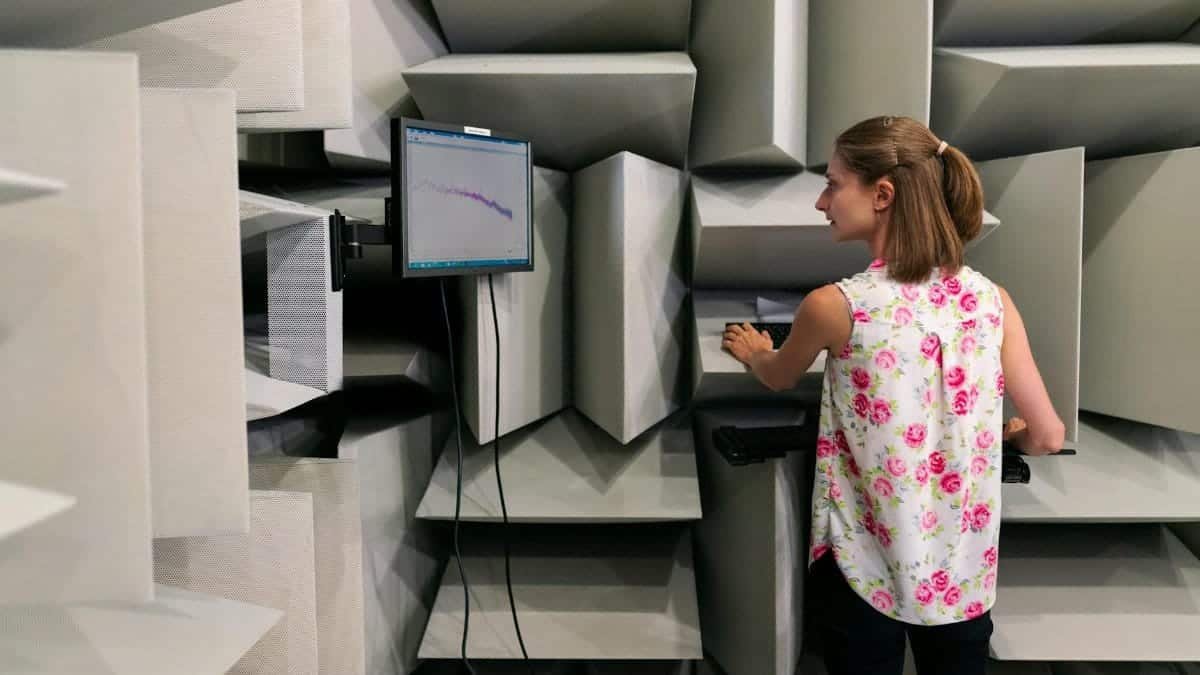Imagine a dimly lit room in a bustling city, where a small group gathers weekly to explore the boundaries of stillness. Amid the distant hum of traffic, they wrestle with a question that’s gaining traction across the U.S.: does sound enhance meditation, or is silence the true path to depth? This debate, often framed as sound silence meditation, isn’t just academic. It reflects a growing curiosity among Americans seeking faster, more effective ways to center themselves in a chaotic world. As mindfulness apps surge in popularity and wellness spaces multiply, the choice between curated audio—like binaural beats—or the absence of noise is becoming a personal crossroads. Some swear by the guiding rhythm of sound; others crave the clarity of quiet. What does the evidence suggest about which approach deepens meditation faster? Let’s unpack the layers of this emerging conversation.
The Roots of Sound Silence Meditation

The concept of sound silence meditation isn’t new, though the term feels modern. Historically, meditative practices across cultures have toggled between these poles. Ancient Buddhist traditions often emphasized silence as a gateway to insight, with monks retreating to remote caves to escape distraction. Yet, in Vedic practices, chanting and mantras—deliberate sound—served as focal points to anchor the mind. Fast forward to 2025, and this duality persists, now backed by science and shaped by technology. Today’s practitioners might toggle between a guided audio track on an app or a silent session in a backyard. The tension between sound and silence reflects a deeper human need: to find focus amid noise, whether external or internal. What’s changed is the access—digital tools and research are making this age-old debate more tangible, and more personal, than ever.
What Science Says About Sound in Meditation

Sound as a meditative tool has gained a foothold, especially with the rise of binaural beats and ambient tracks designed to alter brainwaves. A 2018 study from the National Center for Biotechnology Information found that binaural beats, which create a perceived third tone through stereo frequencies, can reduce anxiety and promote relaxation in some users. Participants reported feeling “calmer” after just 20 minutes. Proponents argue that sound can entrain the brain into meditative states like theta or delta waves faster than silence, especially for beginners who struggle to quiet racing thoughts. Apps like Headspace and Calm, with millions of downloads in the U.S., often lean on soothing music or guided narration, suggesting a cultural tilt toward audio as an entry point. But does faster relaxation mean deeper meditation? Not everyone agrees.
The Case for Silence: A Deeper Dive?

Silence, on the other hand, has its own champions—those who believe stripping away stimuli is the only way to truly listen inward. A 2020 report from American Psychological Association highlighted how periods of quiet can lower stress hormones like cortisol, fostering a mental reset. Unlike sound, which directs focus, silence forces confrontation with one’s own thoughts, a process some describe as raw but transformative. In a small meditation group in Seattle, one participant shared, “When it’s just me and the quiet, I can’t hide. It’s harder, but I feel more connected after.” For seasoned meditators, this unfiltered space often yields profound insights, though it can intimidate newcomers. The question lingers: is the discomfort of silence a barrier or a breakthrough?
Brain Waves and Measurable Outcomes

Neuroscience offers clues about how sound and silence impact the brain differently during meditation. Research from Frontiers in Human Neuroscience suggests that sound-based meditation, particularly with low-frequency tones, can quickly shift brain activity toward relaxation states. EEG scans show increased alpha wave activity, associated with calmness, within minutes of listening. Silence, however, often takes longer to produce similar effects but may sustain deeper delta wave states over time, per a separate study linked through National Institutes of Health archives. Translation? Sound might offer a quick on-ramp to calm, but silence could build a sturdier foundation for long-term depth. The data isn’t conclusive, leaving room for personal preference to weigh in heavily.
Cultural Shifts Shaping the Debate

Americans in 2025 are navigating a unique landscape where noise—literal and digital—is inescapable. Urban dwellers face constant soundscapes, from sirens to notifications, making silence a rare commodity. Meanwhile, rural practitioners might find quiet more accessible but lack community or resources for sound-based tools. The wellness industry, valued at billions, often markets sound as a solution: think subscription apps or pricey noise-canceling headphones. Yet, a countertrend emerges in grassroots movements advocating “silent retreats,” where participants unplug entirely for days. This push-pull mirrors a broader societal tension—technology versus tradition. Online, anonymous accounts often reveal mixed feelings; one person recently noted feeling “overwhelmed by guided tracks” and craving unscripted stillness. As meditation becomes mainstream, the sound silence meditation debate feels less like a niche argument and more like a mirror to our collective struggle for balance.
Practical Challenges of Each Approach

Both sound and silence come with hurdles. For sound-based meditation, the reliance on external tools can be a double-edged sword. A dead phone battery or a glitchy app can derail a session, and not everyone responds to the same frequencies—some find binaural beats distracting rather than soothing. Silence, meanwhile, demands discipline. In a world wired for stimulation, sitting with nothing but one’s thoughts can feel unbearable at first. External noises, like a neighbor’s lawnmower, often intrude, testing patience. Then there’s the internal noise: anxiety, to-do lists, or random memories bubbling up. Beginners especially might abandon silent practice, mistaking discomfort for failure. Both paths require commitment, but their obstacles differ—sound risks dependency on tech, while silence challenges raw endurance. Which barrier feels more surmountable often depends on the individual.
Finding Your Path in Sound Silence Meditation

Ultimately, the choice between sound and silence in meditation isn’t binary—it’s personal. Some blend both, starting with guided audio to ease into focus, then transitioning to quiet for deeper reflection. Others alternate based on mood or environment. A middle-aged woman in Chicago described her routine: on stressful workdays, she leans on ambient tracks to unwind quickly; on weekends, she seeks silence to “reclaim mental space.” Experts suggest experimenting with both for at least a few weeks, noting how each affects mood, clarity, and even sleep. There’s no universal “faster” path to deep meditation—only the one that resonates most with your wiring. As research evolves and personal stories accumulate, sound silence meditation remains a dynamic field, inviting curiosity over certainty. What might work for you could shift over time, and that’s part of the journey.
